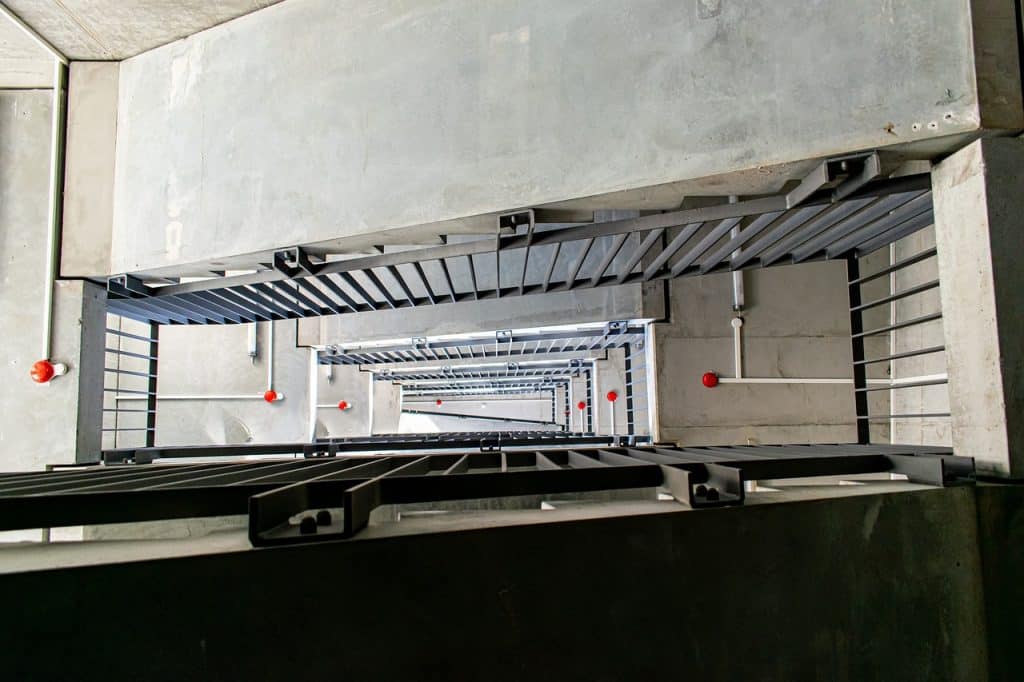Fire alarms are a critical first line of defence in safeguarding lives and property from fires. These systems are designed to detect smoke or fire early, providing occupants enough time to evacuate and authorities timely information to respond. However, the effectiveness of a fire alarm system hinges on its operational reliability, which can only be assured through regular testing and maintenance. This blog post discusses why regular fire alarm testing is essential and outlines the best methods to ensure these systems are functional when it matters most.
Why Test Fire Alarms Regularly?
1. Ensuring Operational Readiness
The primary purpose of testing fire alarms regularly is to ensure they are in good working order at all times. Fire incidents are unpredictable, and the last thing you want is to discover that an alarm is non-functional during an emergency.
2. Compliance with Fire Safety Regulations
In many jurisdictions, regular fire alarm testing is not just a safety recommendation but a legal requirement. Compliance helps avoid penalties and ensures that safety protocols are up to standard, protecting your building and its occupants.
3. Early Detection of Faults
Regular testing helps identify and rectify faults or deficiencies in the fire alarm system before they can compromise its functionality. This includes everything from battery failures and wiring issues to more complex problems in control panels.
4. Enhancing Safety Awareness
Scheduled fire alarm testing keeps safety at the forefront of everyone’s mind. It reassures building occupants of their safety and reinforces the importance of fire safety practices.
Methods for Testing Fire Alarms
Effective fire alarm testing involves several components, from the simple to the technically complex. Here are the key steps involved:
1. Visual Inspections
Regular visual inspections can catch obvious signs of damage or malfunction such as visible wear and tear, damaged wires, or blocked sensors. This should be done at least monthly.
2. Sound Checks
Testing the sounders ensures that the alarm is audible throughout the entire building. This test verifies that speakers are not obstructed and are loud enough to be heard by all occupants, even in remote areas.
3. Manual Tests
Most fire alarm panels have a test mode that can be activated to simulate an alarm condition. This test allows you to verify the system’s operational function without alerting the fire department. Each manual test should involve specific zones or detectors to ensure that all areas are covered over time.
4. Professional Inspections
Annual inspections by a certified fire safety professional are recommended. These experts can conduct comprehensive tests and maintenance, ensuring that every component of your fire alarm system meets the necessary standards and functions correctly.
5. Battery Checks and Replacement
Backup batteries should be tested regularly and replaced as needed. This ensures that the fire alarm system remains operational during a power outage.
Record Keeping
Maintain a log of all tests, inspections, and maintenance activities. This record should include dates, details of each inspection, and any actions taken, such as replacing components. Good record-keeping not only helps in monitoring the health of your fire alarm system but also demonstrates compliance with fire safety regulations.
Regular testing of your fire alarm system is an indispensable part of a comprehensive fire safety strategy. It ensures the functionality of your alarms, aids compliance with legal standards, and ultimately plays a crucial role in protecting lives and property. Building owners and managers should establish a routine testing schedule and adhere to it without fail. Remember, a well-maintained fire alarm system is a vigilant guardian, always ready to alert and protect.
For expert advice on fire protection and prevention, contact Martyn Young Fireproofing Consultancy on 07585 896648


